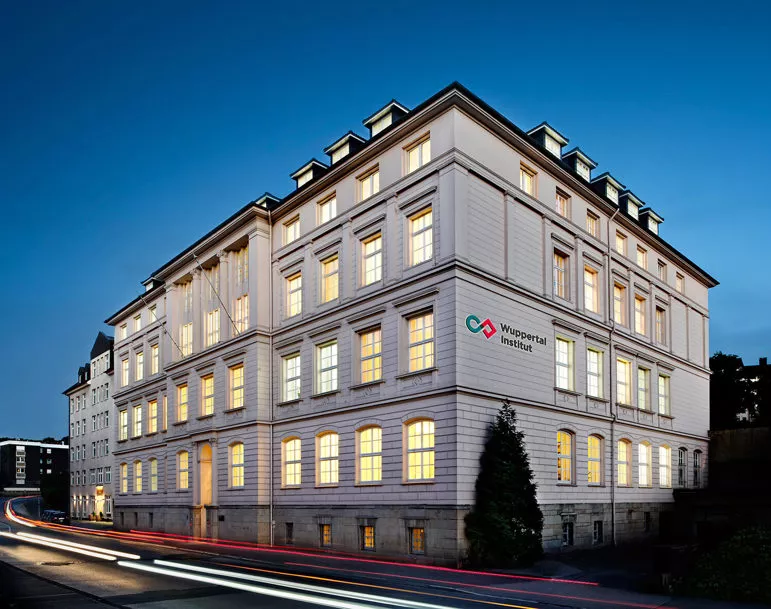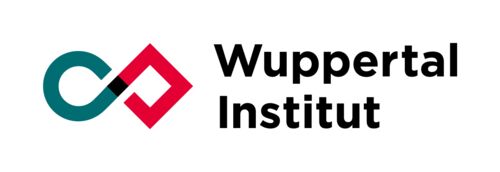Focus on projects, resources and controlling - Wuppertal Institute implements research projects with Blue Ant
The Wuppertal Institute researches and develops models, strategies and instruments for transitions to sustainable development at regional, national and international level. The focus is on resource, climate and energy challenges within their interaction with the economy and society. Analysing and indexing innovations for the decoupling of natural consumption and the development of prosperity forms the main emphasis of our research.


